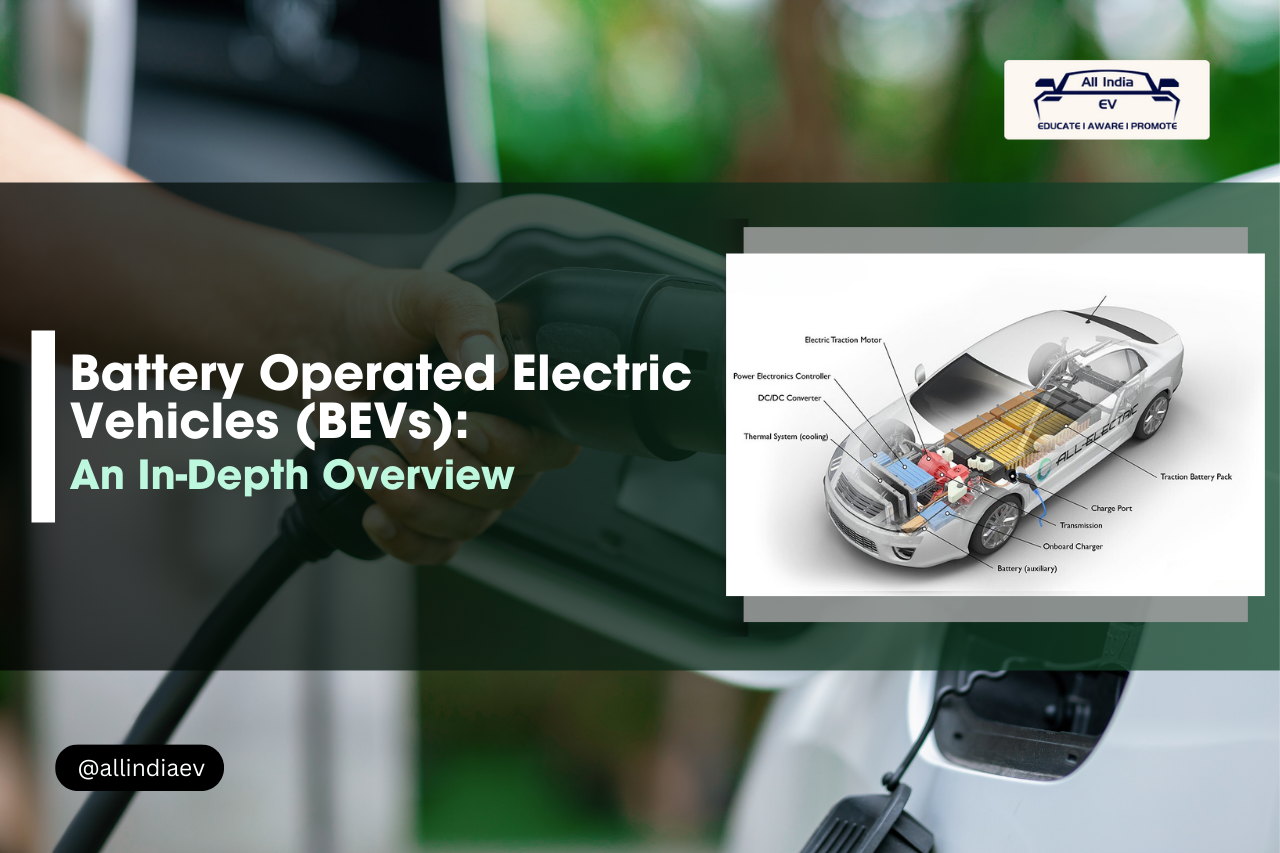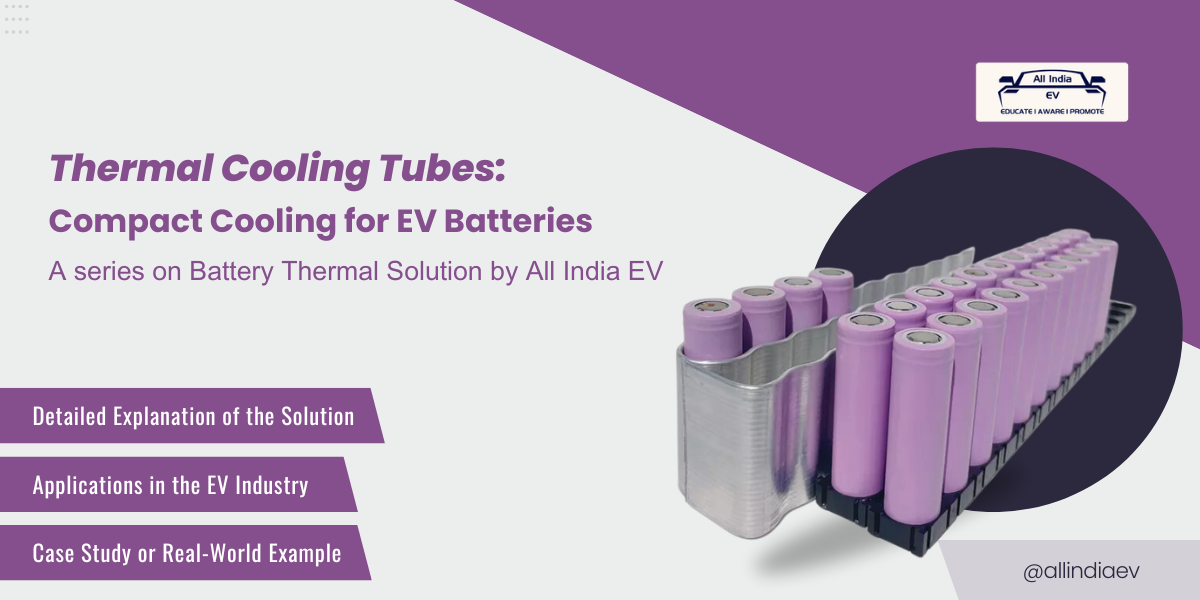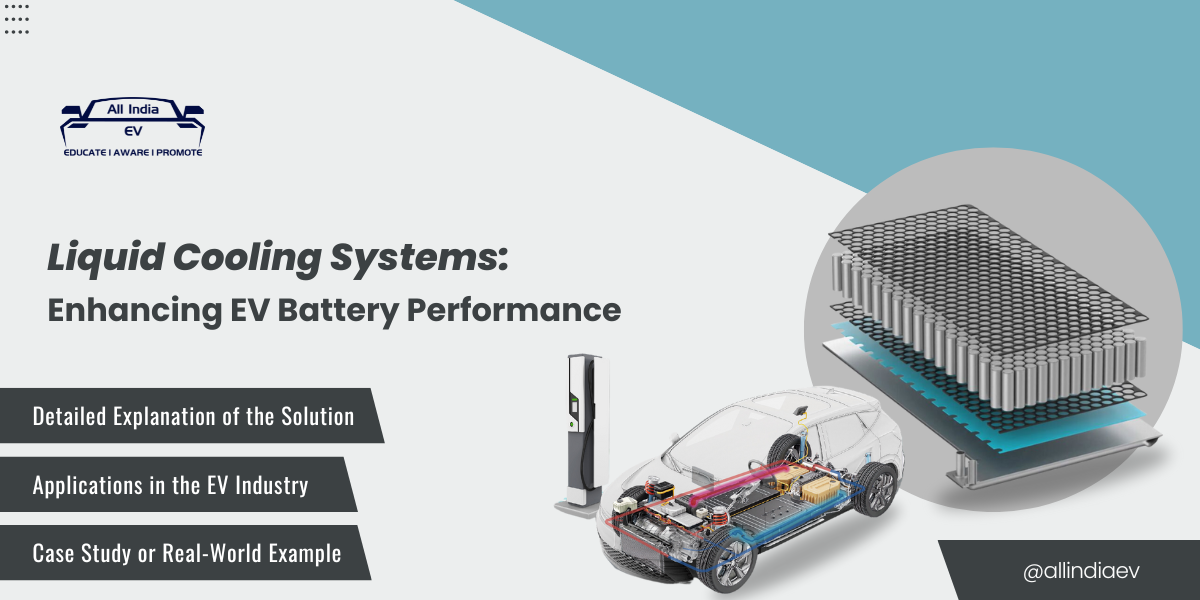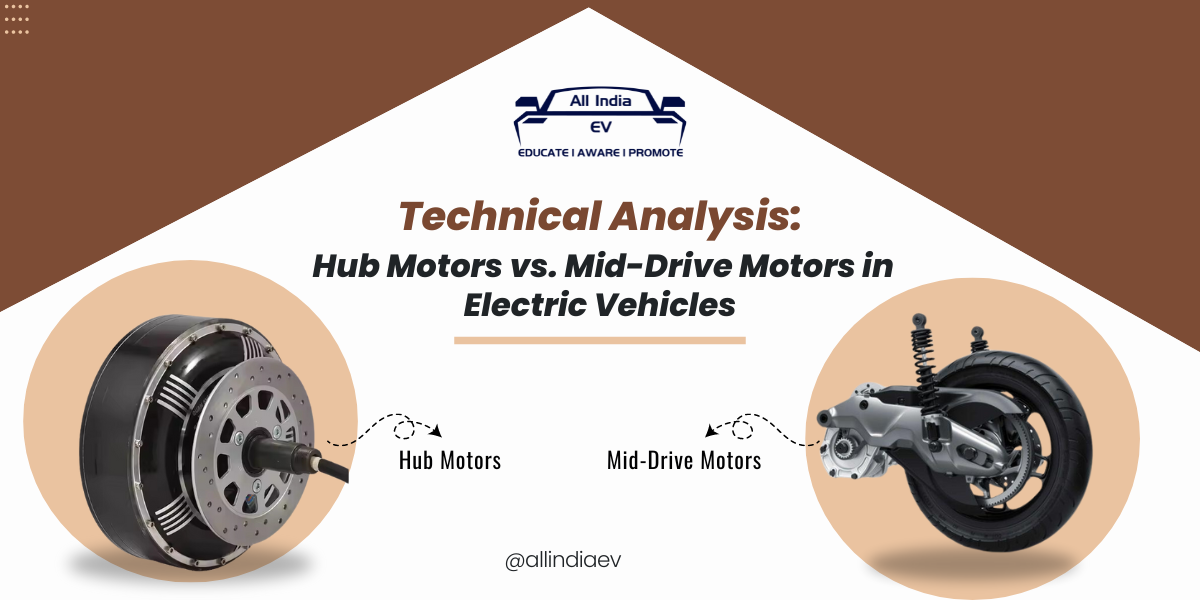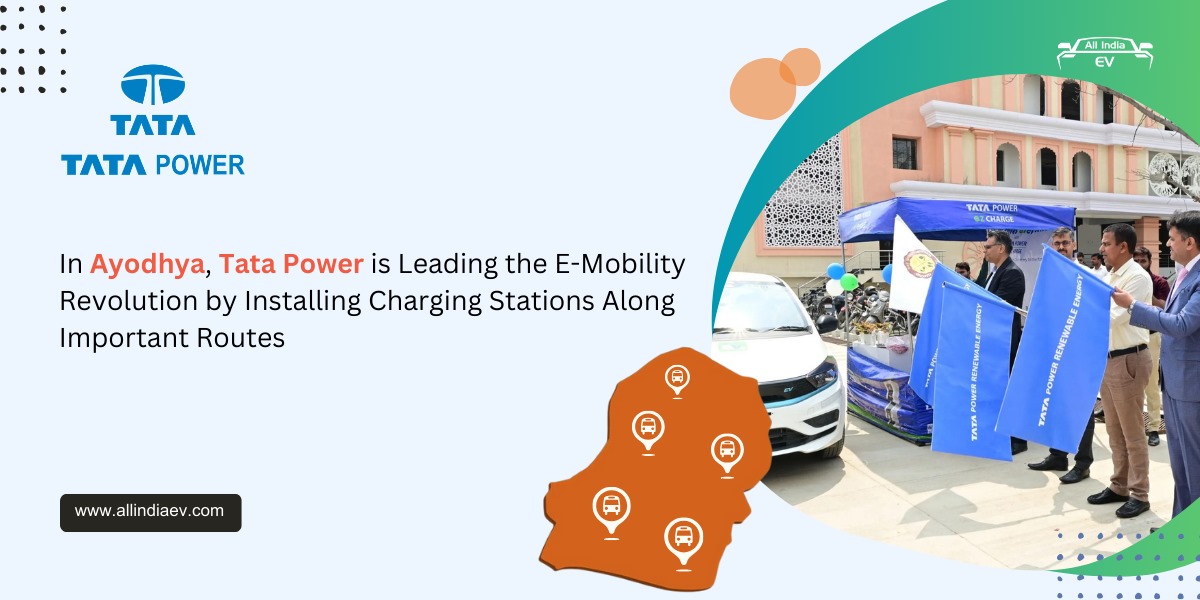EV Engineering
Cell-to-Cell Insulation: The Critical Frontier for EV Battery Safety
Cell-to-Cell Insulation: Enhance EV Battery Safety As electric vehicles (EVs) dominate automotive innovation, battery safety has emerged as the defining…

Dual Battery Challenges Solved with Single Atom-Scale Solution
Atomic-Scale Ni Catalyst in Graphene Boosts Li–O₂ Batteries with Higher Capacity, Stability, and Safety for…
What is Open Charge Point Protocol?
Open Charge Point Protocol (OCPP): The Backbone of Interoperable EV Charging Infrastructure As the electric…
Lohum’s R&D Excellence: Pioneering Sustainable Battery Solutions
Lohum's R&D Excellence: Pioneering Sustainable Battery Solutions Introduction: Lohum, India's leading battery recycler, has achieved…
Aluminum’s Role in the Decarbonization of Batteries: A Sustainable Future
As the global shift towards sustainable energy solutions accelerates, industries are exploring ways to reduce…
Electric Vehicles: A Data-First Revolution in the Automotive Industry
Electric Vehicles: A Data-First Revolution in the Automotive Industry The electric vehicle (EV) industry is…
Battery Operated Electric Vehicles (BEVs): An In-Depth Overview
Battery Operated Electric Vehicles (BEVs): An In-Depth Overview Battery-Operated Electric Vehicles (BEVs) are revolutionizing the…
ESS vs. Telecom Batteries: A Comparative Overview
ESS vs. Telecom Batteries: A Comparative Overview While both Energy Storage Systems (ESS) batteries and…
Thermal Cooling Tubes: Compact Cooling for EV Batteries
Thermal Cooling Tubes: Compact Cooling for EV Batteries Electric vehicles (EVs) have seen a surge…
Liquid Cooling Systems: Enhancing EV Battery Performance
Liquid Cooling Systems: Enhancing EV Battery Performance Liquid cooling systems offer a highly effective and…
Technical Analysis: Hub Motors vs. Mid-Drive Motors in Electric Vehicles
Technical Analysis: Hub Motors vs. Mid-Drive Motors in Electric Vehicles Electric bikes (e-bikes) and electric…








